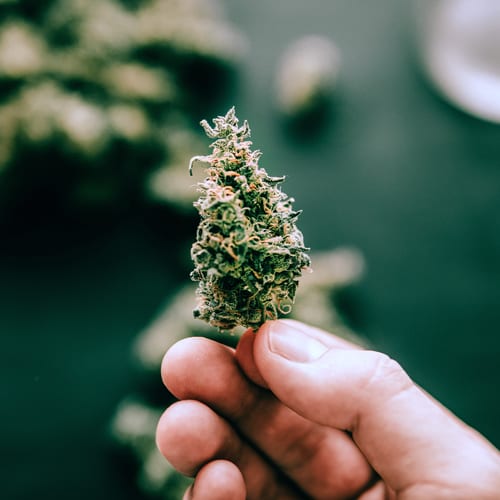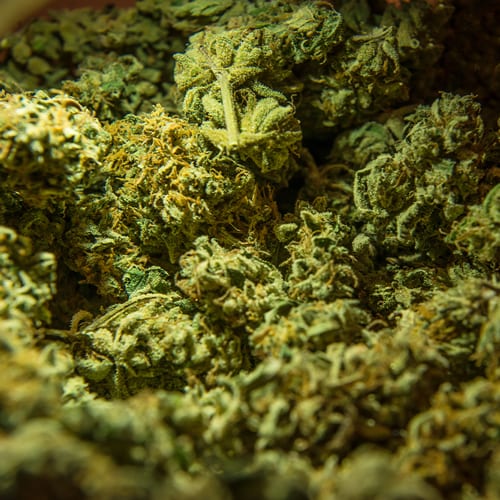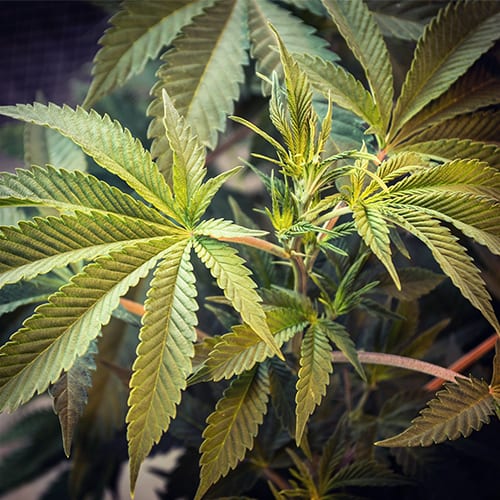
Evidence for the use of cannabis in Ancient Egypt is limited; however, it becomes much more abundant from the 3rd century BCE during the era of the Roman Empire in Egypt.
Evidence of Hemp and Cannabis Use in Ancient Egypt
Although empirical evidence is exceedingly sparse, some intriguing pieces of research are out there that suggest cannabis was used by the Ancient Egyptians of the Pharaonic era. Not only that, these studies also suggest that cocaine and nicotine were also in use! These studies (Balabanova 1992, Parsche 1994, Nerlich 1995) found traces of cannabis, nicotine and cocaine in the hair, tissues and organs of several mummies of the dynastic period. The findings have been widely criticised, and although the existence of repeated positive results would appear to imply that cannabis, nicotine and cocaine were used in dynastic Egypt, modern contamination may also be the cause.
Clearly, if it can be proven beyond doubt that Ancient Egyptians utilized cocaine and nicotine, the ramifications for our understanding of history are immense. It would imply that pre-Columbian contact between the Old and New Worlds not only occurred, but was regular enough to establish trade in commodities such as coca and tobacco, which are both New World species (although it is known that several Old World plants produce nicotine and cocaine in tiny amounts).
Was SmSmt the Ancient Egyptian Word for Cannabis?
As is so often the case within the cannabis industry, misinformation about the historical use of cannabis by the world’s ancient peoples abounds, often due to enthusiastic but ultimately misguided efforts to seek legitimacy for the plant. Needless to say, we do not believe the long history and many uses of the cannabis plant need to be embellished to be legitimate.
There are hundreds, if not thousands, of blog posts and articles online about the apparently extensive use of cannabis during the times of the Pharaohs; however, these claims are largely based on a handful of papyri written in a language that modern-day scholars are still struggling to fully understand.
For example, in the Berlin and Eber papyri, medical treatises that are unquestionably of great historical significance, one particular term, SmSmt, pops up repeatedly. Due to the uses described (both in medicine and in rope-making⏤although interestingly, not as a psychoactive, despite poppy seeds and lotus flowers being mentioned as such) several scholars have argued that SmSmt is the Ancient Egyptian word for cannabis. However, others have argued that this is conjecture, and that there is no real evidence to suggest that the word SmSmt was intended to mean cannabis or hemp.
What About Hemp Textiles?
Much has also been made of various reports made by archaeologists of the late-19th and early 20th centuries of so-called “hemp” ropes and textiles found in digs dated to the time of the Pharaohs. For example, archaeologists discovered what they termed a “three-ply hemp cord” in the ruins of El Amarna, the city of the Pharaoh Akhenaton (1353-1336 BCE); however, the word “hemp” is also used to refer to Deccan hemp (Hibiscus cannabinus), which is well-known to have been cultivated in Egypt in ancient times, and several similar fibres. There is no confirmation in any source that the hemp in question was cannabis sativa.
If hemp was an established crop in the time of the Pharaohs, it would stand to reason that there would be examples of mummies wrapped in hemp cloth, as all other important plant textiles known to have been utilized at the time have been found in mummy wrappings. However, none has been discovered thus far.
Cannabis in More Recent History
There is some conjecture that cannabis was used along with wine in a preparation known as nepenthe, which was recorded by Homer around 675-725 BCE as being used in Greece to “banish pain and sorrow” (the Ancient Greek word νη-πενθής literally translates to “free from sorrow”) and was said to have originated in Egypt. However, if cannabis was indeed used by the Greeks at this early time (which is disputed), it could just as easily have been acquired through contact with Central Asian peoples (such as the Scythians) than from Egypt.
The earliest indisputable reference to cannabis in Egypt occurs nearly a millennium later. During the 3rd century CE, the Roman emperor Aurelian implemented a tax on Egyptian hemp, linen, glass and paper, and decreed that the commodities would be reserved for Rome.
While there is insufficient evidence to fully support the claim, it is possible that cannabis was in use by Ancient Egyptians during the Pharaonic period, although its use is likely to have been infrequent. However, after the establishment of the Greek Ptolemaic dynasty in 323 BCE, it is likely that cultivation of hemp would have become more widespread. The Greeks are thought to have used hemp in rope-making from at least as early as 200 BCE, due to a record of the Greek emperor Hieron II importing it from France. By the time the Roman province of Egypt was established in 30 BCE, there may well have been a small but significant hemp-cultivation industry.
Source-(Seshata. “Ancient Egypt: Cannabis Culture Through the Ages.” PRØHBTD, prohbtd.com/ancient-egypt-cannabis-culture-through-the-ages.)





